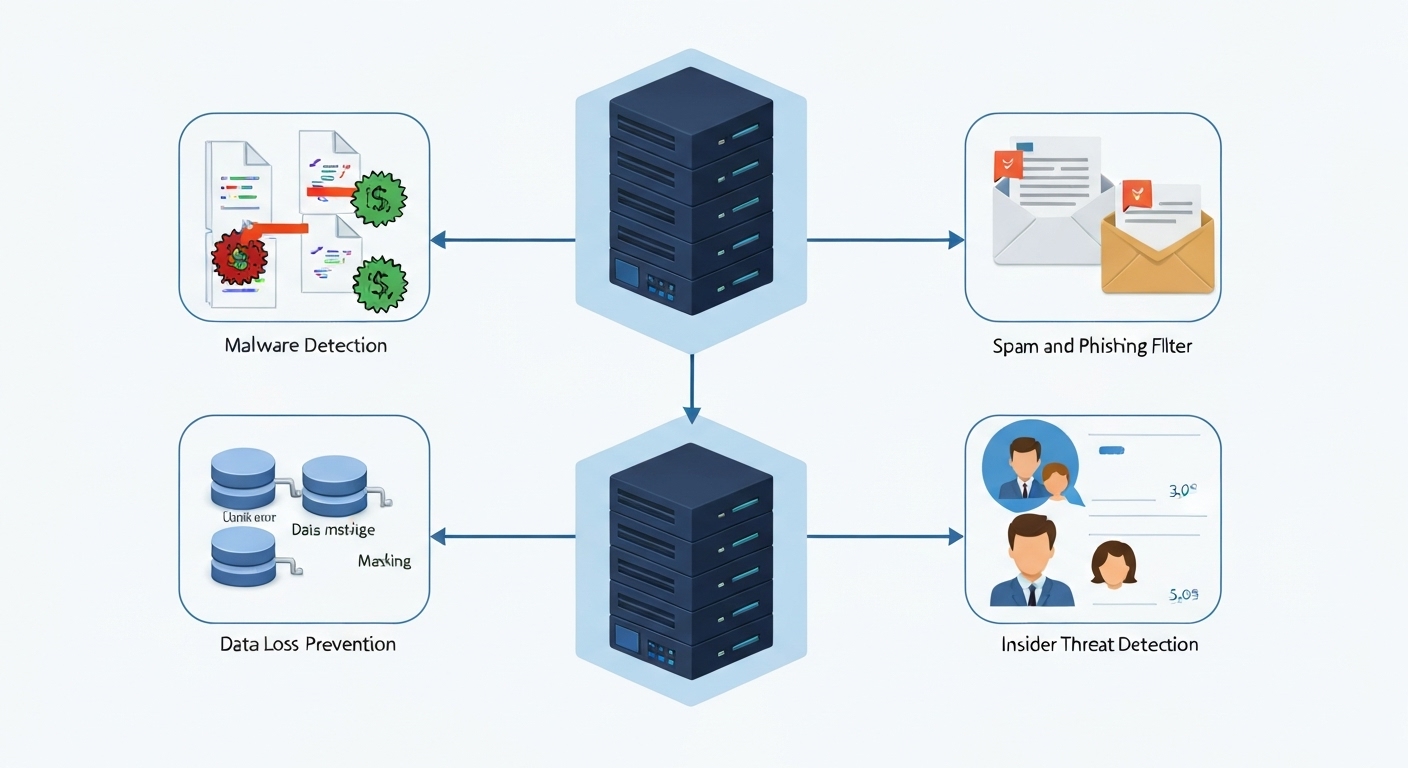Enhancing Cloud Security with Machine Learning
Machine learning in cloud security is revolutionizing how organizations protect their data and infrastructure. As cloud environments become increasingly complex, traditional security methods are struggling to keep pace. Machine learning offers a powerful solution by automating threat detection, improving response times, and proactively identifying vulnerabilities.

The Growing Need for Machine Learning in Cloud Security
The shift to cloud computing has created new security challenges. Cloud environments are dynamic and distributed, making them difficult to monitor and secure. Traditional security tools often rely on static rules and signatures, which can be easily bypassed by sophisticated attackers. Moreover, the sheer volume of security data generated in the cloud makes it impossible for human analysts to manually review every event.

Machine learning addresses these challenges by providing:
- Automated Threat Detection: Machine learning algorithms can analyze vast amounts of data in real-time to identify suspicious activity and potential threats.
- Improved Accuracy: Machine learning models can learn from data and improve their accuracy over time, reducing the number of false positives and false negatives.
- Faster Response Times: Machine learning can automate incident response, allowing organizations to quickly contain and remediate threats.
- Proactive Vulnerability Management: Machine learning can identify vulnerabilities before they are exploited by attackers.
How Machine Learning Enhances Cloud Security
Machine learning algorithms excel at identifying patterns and anomalies in data. This makes them ideally suited for a variety of cloud security applications, including:
- Anomaly Detection: Machine learning models can learn the normal behavior of users and systems in the cloud. Any deviations from this baseline can be flagged as suspicious activity.
- Intrusion Detection: Machine learning can analyze network traffic and system logs to detect intrusions and other malicious activity.
- Malware Detection: Machine learning can identify new and unknown malware variants by analyzing their behavior and characteristics.
- Data Loss Prevention (DLP): Machine learning can identify and prevent sensitive data from leaving the cloud environment.
- Security Information and Event Management (SIEM): Machine learning can enhance SIEM systems by automating threat detection and incident response.

Applications of Machine Learning in Cloud Security
Here are some specific examples of how machine learning is being used to enhance cloud security:
Anomaly Detection for User Behavior
Machine learning can be used to detect anomalous user behavior, such as unusual login times, access to sensitive data, or changes to system configurations. By monitoring user activity and identifying deviations from normal patterns, organizations can detect and prevent insider threats and compromised accounts.
Predictive Security Analytics
Predictive security analytics uses machine learning to identify potential threats before they occur. By analyzing historical security data and identifying patterns of attack, organizations can proactively harden their systems and prevent future breaches.
Automated Incident Response with AI
Machine learning can automate many aspects of incident response, such as identifying affected systems, containing the spread of malware, and restoring systems to a known good state. This can significantly reduce the time and effort required to respond to security incidents.

Vulnerability Management Using Machine Learning
Machine learning can be used to automate vulnerability scanning and prioritize remediation efforts. By analyzing vulnerability data and identifying the most critical vulnerabilities, organizations can focus their resources on the areas that pose the greatest risk.
Benefits of Using Machine Learning for Cloud Security
The benefits of using machine learning for cloud security are numerous:
- Improved Threat Detection: Machine learning can detect threats that traditional security tools miss.
- Reduced False Positives: Machine learning models can learn from data and reduce the number of false positives.
- Faster Response Times: Machine learning can automate incident response and reduce the time it takes to contain and remediate threats.
- Increased Efficiency: Machine learning can automate many security tasks, freeing up human analysts to focus on more strategic initiatives.
- Enhanced Compliance: Machine learning can help organizations comply with security regulations and industry standards.
Challenges and Considerations
While machine learning offers significant benefits for cloud security, there are also some challenges to consider:
- Data Quality: Machine learning models are only as good as the data they are trained on. It is important to ensure that the data used to train machine learning models is accurate, complete, and representative of the cloud environment.
- Model Bias: Machine learning models can be biased if the data they are trained on contains biases. It is important to be aware of potential biases and take steps to mitigate them.
- Explainability: Machine learning models can be difficult to explain, making it challenging to understand why they made a particular decision. This can be a concern for organizations that need to comply with regulatory requirements.
- Complexity: Implementing and managing machine learning models can be complex and require specialized expertise.
The Future of Machine Learning in Cloud Security
The use of machine learning in cloud security is only going to increase in the future. As cloud environments become more complex and the volume of security data continues to grow, machine learning will become even more essential for protecting data and infrastructure. We can expect to see more sophisticated machine learning models that are capable of detecting and preventing a wider range of threats.
In addition to threat detection, machine learning is also being used to automate other aspects of cloud security, such as vulnerability management, incident response, and compliance monitoring. As machine learning technology continues to evolve, it will play an increasingly important role in helping organizations secure their cloud environments.
To further explore the landscape of cloud security and related challenges, resources like the one available at nist.gov provide valuable insights.
For comprehensive cloud solutions, including security measures, consider visiting flashs.cloud to discover how they can safeguard your digital assets.
Conclusion
Machine learning in cloud security is a powerful tool that can help organizations protect their data and infrastructure from increasingly sophisticated threats. By automating threat detection, improving response times, and proactively identifying vulnerabilities, machine learning can significantly enhance cloud security posture. While there are challenges to consider, the benefits of using machine learning for cloud security far outweigh the risks. As cloud environments continue to evolve, machine learning will play an increasingly important role in keeping them secure.
HOTLINE
+84372 005 899


